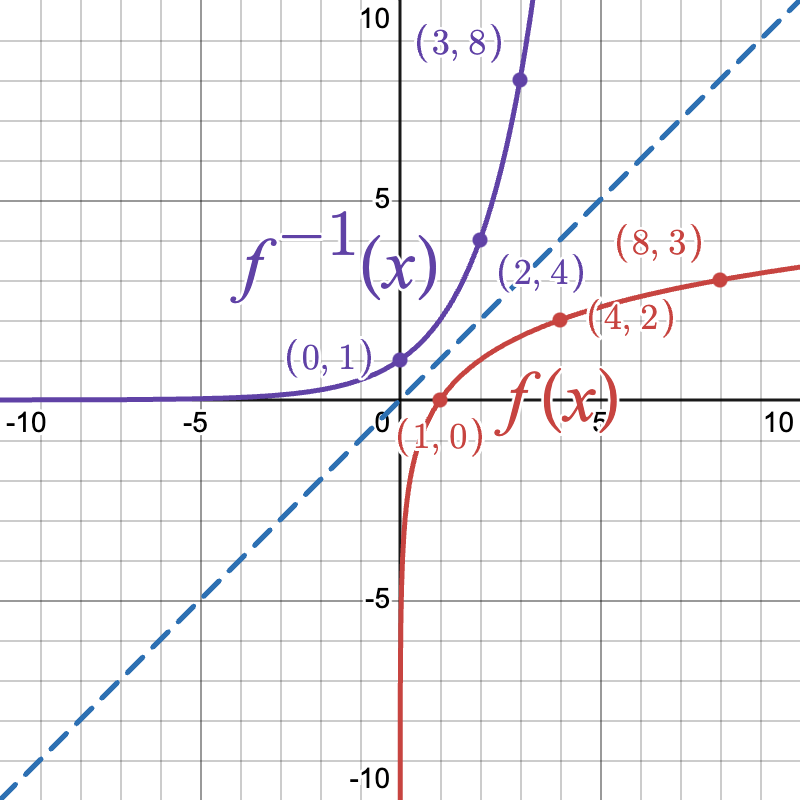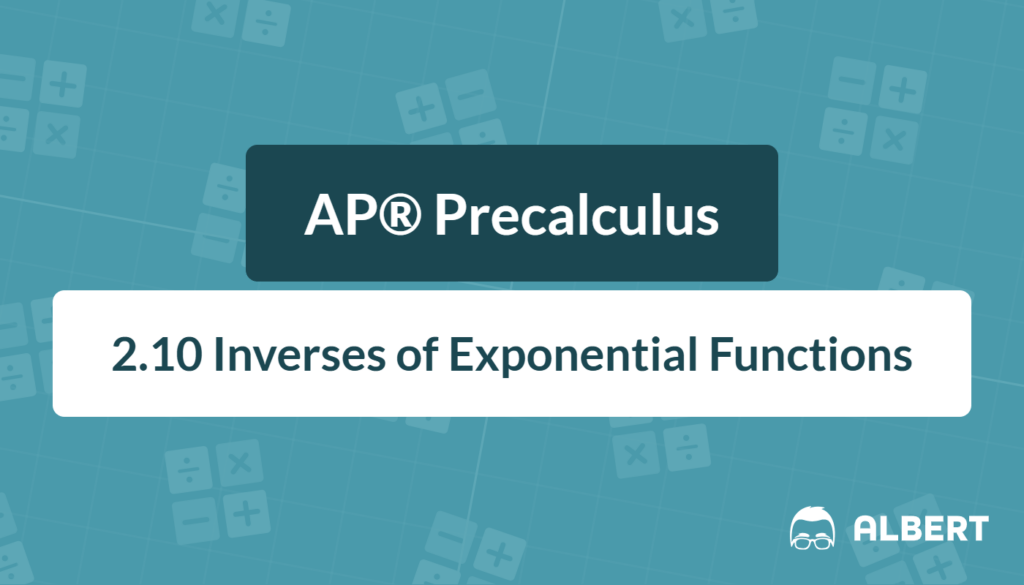What We Review
Introduction
Exponential functions play a crucial role in mathematics, modeling growth and decay in diverse fields such as science and finance. They are expressions of the form f(x) = b^x, where b is a real number different from 1. However, to solve many equations involving exponential functions, understanding 2.10 inverses of exponential functions becomes essential. An inverse function “undoes” the action of the original function, allowing us to work backward from outputs to inputs. This article aims to simplify the concept of the inverse of the exponential function, providing a clear and approachable understanding.
Understanding Exponential Functions
An exponential function is a mathematical expression with a constant base raised to a variable exponent. The general form is f(x) = b^x, where b is greater than 0 and not equal to 1. Some key features of exponential functions include rapid growth or decay depending on whether the base b is greater or less than 1, respectively.
Example 1: Basic Exponential Function
Consider the function f(x) = 2^x.
- As x increases, f(x) skyrockets. Conversely, as x decreases, f(x) approaches 0 but never hits it.
- The graph has an asymptote along the x-axis and passes through the point (0,1) since 2^0 = 1.
What is an Inverse Function?
An inverse function reverses the operation of a given function. If a function transforms x into y, its inverse will convert y back into x. Inverses are important for problem-solving, as they allow one to find original inputs based on outputs.
Example 2: Finding an Inverse Function
Let’s find the inverse of f(x) = 3x + 2.
Steps:
- Swap x and y in the equation: x = 3y + 2.
- Solve for y:
- Subtract 2 from both sides: x - 2 = 3y
- Divide by 3: y = \frac{x - 2}{3}.
Thus, the inverse function is f^{-1}(x) = \frac{x - 2}{3}.
How to Find Inverse of an Exponential Function

The inverse of an exponential function is a logarithmic function. Logarithms “flip” the exponential operation, represented by f(x) = a \log_b x, where b is the base of the logarithm.
Example 3: Inversing an Exponential Function
Given g(x) = 2^x, let’s find its inverse.
Steps:
- Substitute g(x) with y: y = 2^x.
- Swap x and y: x = 2^y.
- Solve for y using logarithms: y = \log_2(x).
So, the inverse is g^{-1}(x) = \log_2(x).
Graphing the Inverse Functions
Graphs of exponential and logarithmic functions are reflections over the line y = x. This symmetrical property highlights how each pair of functions undoes the other, visually illustrating their inverse relationship.
Example 4: Graphing
- Plot f(x) = 2^x and f^{-1}(x) = \log_2(x).
- Notice the curves reflect over the line y = x and feature the pairwise exchange of coordinates.

Key Properties of Inverses
Understanding specific properties of inverse functions can aid in problem-solving:
- Ordered Pair Exchange: If (s, t) is a point on f(x), then (t, s) will be on its inverse f^{-1}(x).
- Reflective Relationship ensures that the shapes of the function and its inverse mirror each other over y = x.
Quick Reference Chart
| Term | Definition |
| Exponential Function | A function of the form f(x) = b^x where b > 0, b \neq 1 |
| Logarithmic Function | The inverse of exponential function, expressed as f(x) = \log_b(x) |
| Inverse Function | A function that “undoes” another function; if f(x) = y , then f^{-1}(y) = x |
| Reflective Relationship | The concept that the graph of f(x) and f^{-1}(x) are reflections over the line y = x |
Conclusion
Understanding inverse functions, particularly those of exponential forms, empowers deeper insights into mathematical relationships. Exponential functions extend beyond isolated concepts, emerging in real-world applications. Practicing these ideas broadens problem-solving skills, essential for fields spanning multiple disciplines. To deepen mastery, it is encouraged to review notes, engage with more problems, and utilize educational resources.
Sharpen Your Skills for AP® Precalculus
Are you preparing for the AP® Precalculus exam? We’ve got you covered! Try our review articles designed to help you confidently tackle real-world math problems. You’ll find everything you need to succeed, from quick tips to detailed strategies. Start exploring now!
Need help preparing for your AP® Precalculus exam?
Albert has hundreds of AP® Precalculus practice questions, free responses, and an AP® Precalculus practice test to try out.









